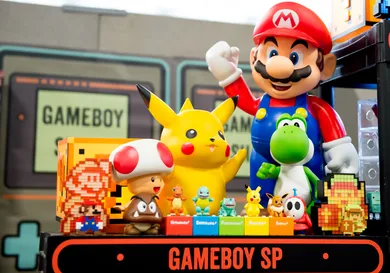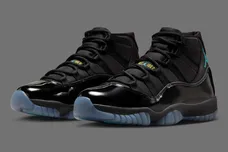In the world of video games, certain characters stick with us long after we've finished playing the game. Characters like Mario, Lara Croft, Master Chief, and Kratos have become household names and icons of the gaming industry. These characters are so beloved and memorable because they were carefully crafted by their creators to be unique, engaging, and relatable. We'll explore the art of creating memorable video game characters and the key factors that make them successful.
What Makes A Good Character?

When it comes to video games, many elements contribute to a game's success. Everything must work together seamlessly, from the story and gameplay to the graphics and sound design, to create an enjoyable and engaging experience. However, one of the essential elements that can make or break a game is the characters. They are the driving force behind any story and are often why players become invested in a game. When players feel connected to a character, they are more likely to continue playing and become loyal fans of the franchise.
The Importance Of Character Design
One of the first steps in creating a memorable video game character is designing their appearance. The design of a character can impact how they are perceived by players. For example, a character with a unique and eye-catching design can stand out in a crowded market and become instantly recognizable. On the other hand, a poorly designed character can turn players off and hinder the success of a game. A good character design should be visually appealing and reflect the character's personality and backstory.
For example, Lara Croft's iconic outfit and weapons reflect her adventurous and daring personality, while Master Chief's armor and helmet represent his stoic and no-nonsense attitude. The design should also be practical and functional within the context of the game's world. A character that looks great but is difficult to control or interact with can ruin the player's experience.
Creating Compelling Backstories
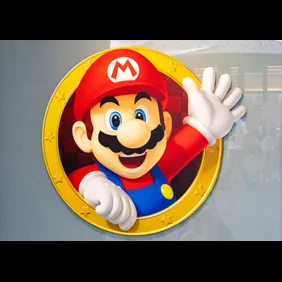
A character's backstory is another crucial element in making them memorable. A well-crafted backstory can give players insight into the character's motivations, fears, and desires. It can also create a sense of empathy and connection between the player and the character. A character with a relatable backstory can make players feel invested in their journey and eager to see how their story unfolds. When creating a character's backstory, keeping it consistent with the game's overall narrative is essential. The backstory should also be revealed gradually throughout the game. This allows the player to become invested in the character's story and encourages them to keep playing to learn more.
Developing Strong Personalities
In addition to appearance and backstory, a character's personality is another crucial element in making them memorable. A character's personality can be conveyed through dialogue and actions with other characters. A well-written and fleshed-out personality can make a character feel like a real person, with their own quirks, flaws, and strengths. When developing a character's personality, it's essential to make them relatable to players. Players should be able to see themselves in the character and understand their motivations and actions. A character with a one-dimensional or cliché personality can come off as boring or uninteresting. In contrast, a complex and multi-faceted personality can make them feel more genuine and engaging.
Creating Characters That Evolve
Finally, a memorable video game character evolves. As the game's story progresses, the character should change and grow, facing new challenges and overcoming obstacles. This evolution can create a sense of investment and attachment in the player as they see the character they've come to know and love become stronger and more capable. However, it’s essential that your video game characters commit to the iconic nature they started with. For example, if your character is cartoonish and lighthearted, changing themes midway through could compromise that look. Additionally, doing that could jar the audience. The essence of good writing and character design is moving forward with development while remaining consistent with a theme.
Iconic Memorability
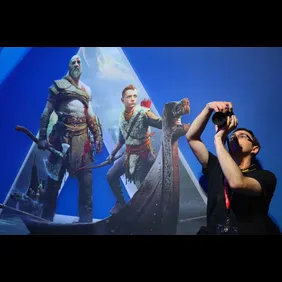
In addition to a strong backstory, a character's design can greatly influence memorability. Video game characters with unique and distinctive designs are often more memorable than generic or bland designs. For example, the character of Kratos from the God of War series is instantly recognizable with his red tattoos, ash-white skin, and iconic Blades of Chaos. Similarly, Lara Croft from the Tomb Raider series is known for her distinctive outfit and dual pistols. Moreover, the character's appearance should be tied to their personality and backstory. This helps to make the character feel more cohesive and consistent. For instance, the design of Bayonetta, a character from the eponymous game, reflects her confident and seductive personality.
Voice & Dialogue
In addition to appearance and backstory, a character's voice and dialogue are also critical in making them memorable. The voice actor's performance can make or break a character's impact on players. For example, Mark Hamill's portrayal of the Joker in the Batman: Arkham series is one of the best depictions. His voice and performance perfectly capture the Joker's maniacal and unpredictable nature. Moreover, well-written dialogue can further enhance a character's memorability. Characters with unique and memorable catchphrases or one-liners can leave a lasting impression on players. For instance, the character GLaDOS from the Portal series is known for her sarcastic and dark humor. Her iconic lines bring out her personality with some shine for the audience.
Interactivity & Gameplay
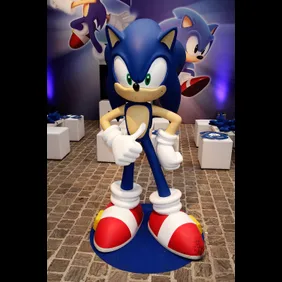
Lastly, a character's interactivity and gameplay mechanics can also affect their memorability. Characters that offer unique and satisfying gameplay experiences can become fan favorites. One example is the case of Sonic the Hedgehog. He’s a fast hedgehog, and his games, as you could guess, are about speed. His design is simple, easy to look at, and, overall, agile.
Another example is video game characters like Kirby. He is known for his ability to absorb enemies and gain their powers, which adds a layer of strategy and excitement to gameplay. Moreover, how a character interacts with the game world can also impact their memorability. Characters that offer a sense of agency and freedom to players can be more memorable than those more limited in their actions.
What Makes Good Video Game Characters?
In conclusion, creating a memorable video game character requires careful consideration of various factors, including backstory, appearance, voice and dialogue, and interactivity. A memorable character can significantly enhance a player's experience and leave a lasting impression on them. With the video game industry continually growing and evolving, this is more important than ever. Developers must create characters that stand out in a crowded market to sell good games. By taking the time to develop characters that are unique, relatable, and engaging, developers can create experiences that resonate with players long after the game is over.
